I have a customer's P400 in for checking and rebuilding.
Reason for tare down, this motor had a db2 installed and suffered 3 runaways for various reasons, not good putting it mildly ...
I had this motor in 35K miles ago for a partial build. The crank was not removed, I only went as far as removing pistons & heads.
Due to unfortunate things I have it back after 35K miles, today I took it down 100% and so far nothing broken or cracked, BUT a good inspection has not been done yet.
The block will be at the machine shop tomorrow for some work.
What I did fine was disturbing, the inside of the motor had a very heavy black film covering everything, It looks like the motor wasn't breathing, or held heavy fumes internally. I found 2 different brands of cam bearings had been installed and 1 was delamanating it seems, these were factory installed....
The main bearings, LOL, they looked to have 200K miles on them, one was showing heavy ware to the copper, the others were close to that, all with 35K miles.
The rod bearings were coated, they look good compared to the mains...
Another bad spot was the HS rockers, about 3/4 of them were flat spotted where they sit on the valves and were no longer moving on the shaft... they also had a heavy film of soot covering them, so sooty air was inside the motor because oil does not flow around the outside of the rockers... The problem with the rockers worries me, I have mot seen a set go bad like this before..
The case crank bore showed signs that the bearings had been chattering in the case...
The block is going to get measured and the crank will get magnafluxed ...
More pics tomorrow...
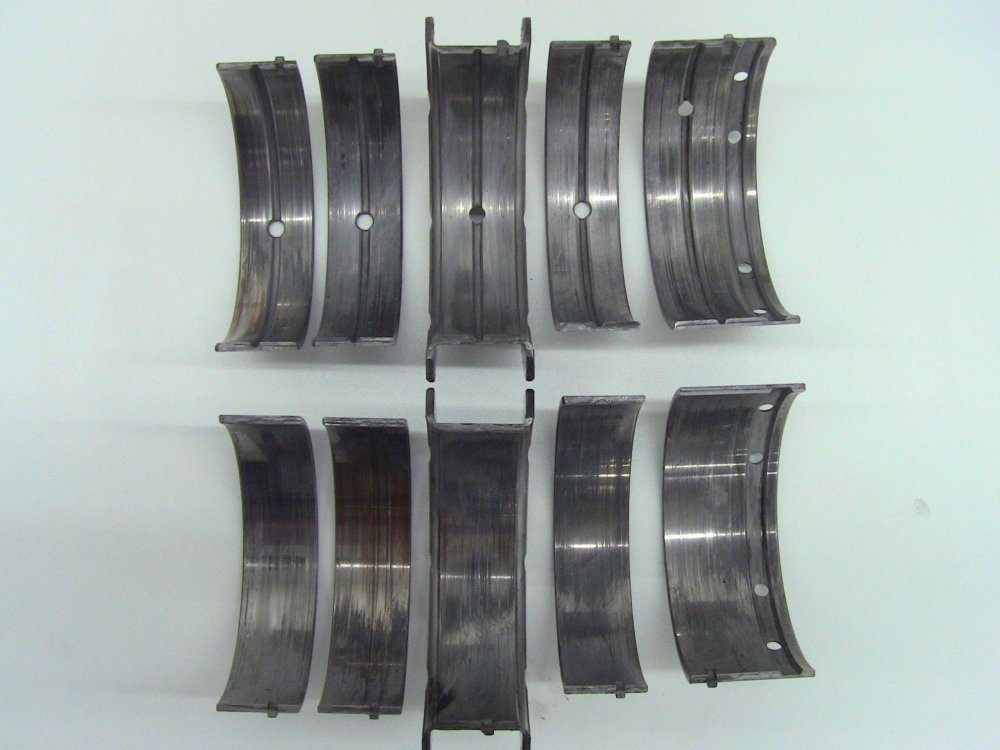
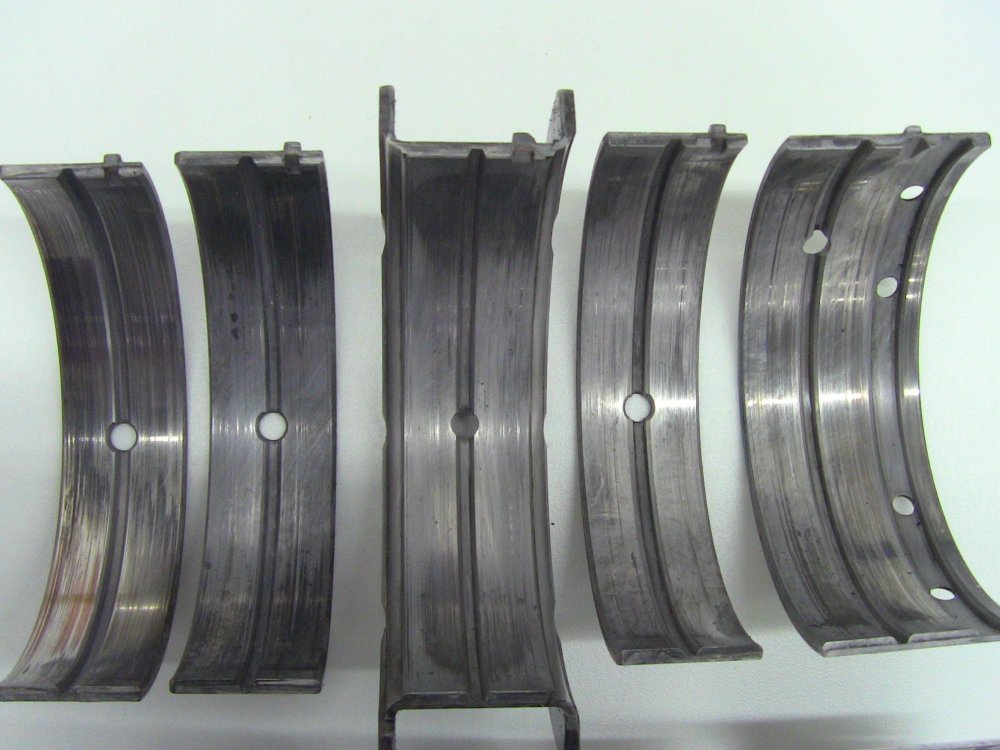
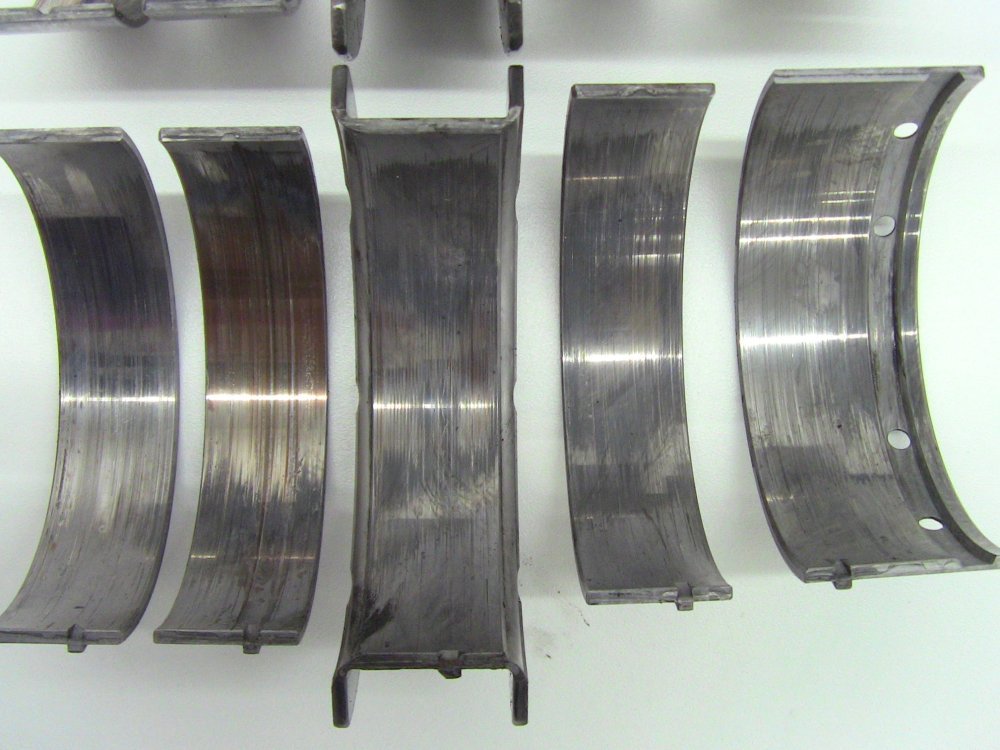
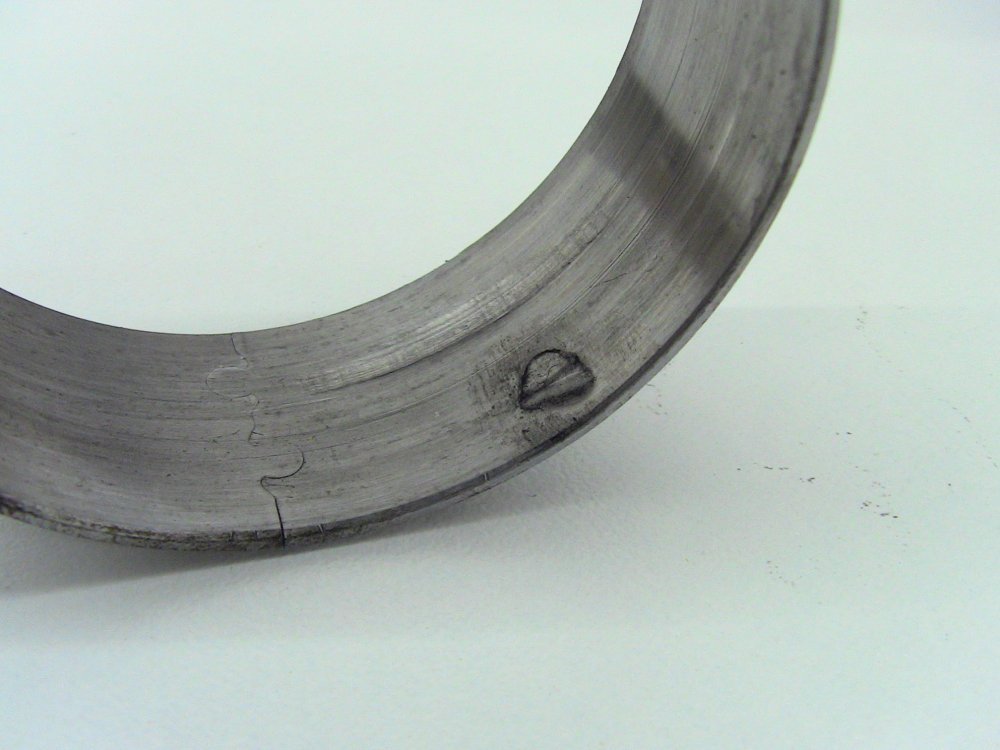
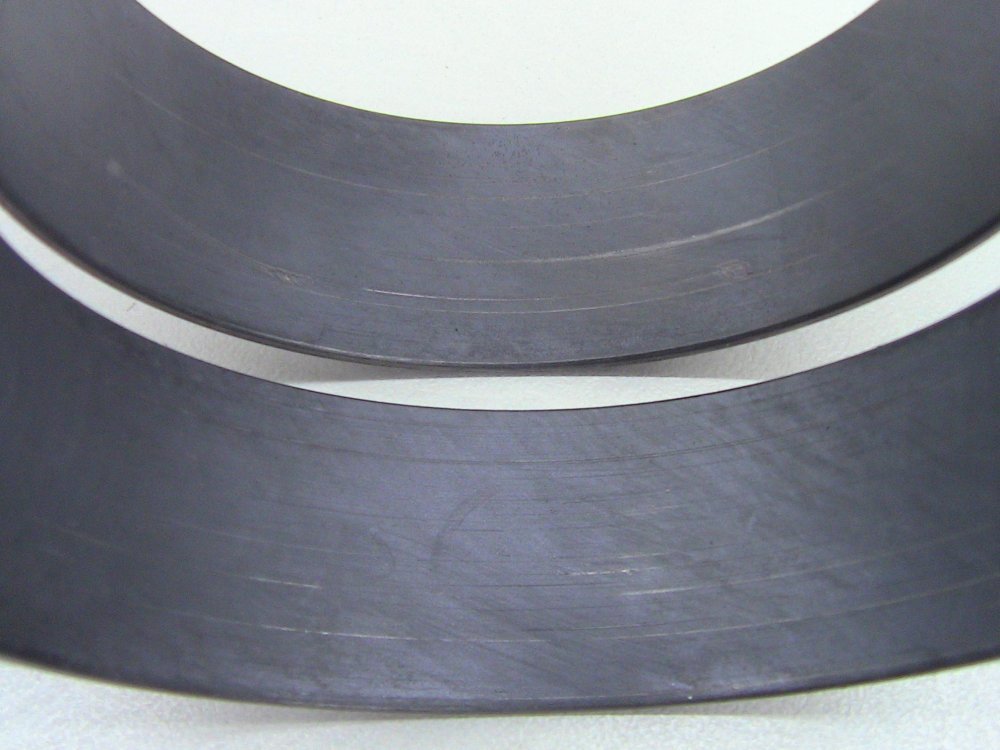
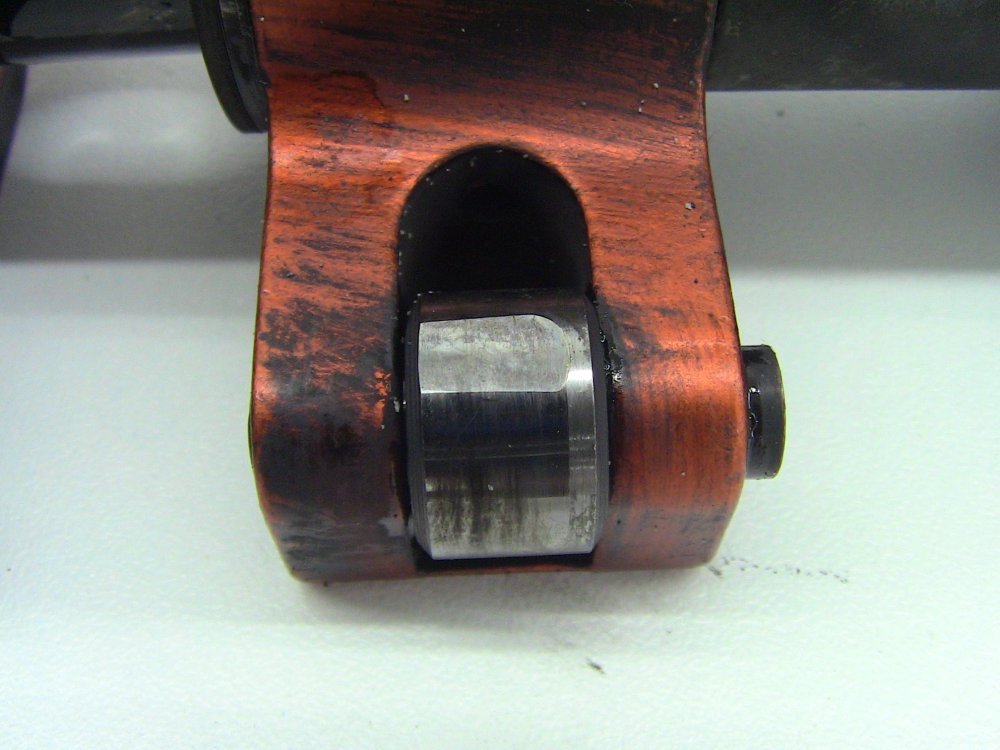
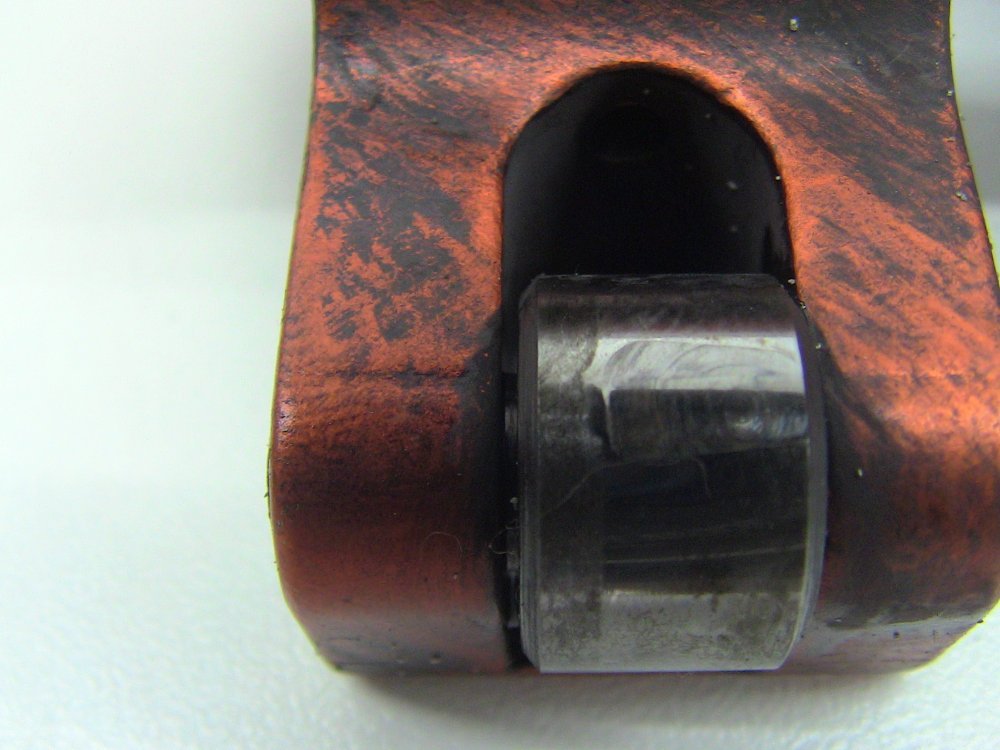
Reason for tare down, this motor had a db2 installed and suffered 3 runaways for various reasons, not good putting it mildly ...
I had this motor in 35K miles ago for a partial build. The crank was not removed, I only went as far as removing pistons & heads.
Due to unfortunate things I have it back after 35K miles, today I took it down 100% and so far nothing broken or cracked, BUT a good inspection has not been done yet.
The block will be at the machine shop tomorrow for some work.
What I did fine was disturbing, the inside of the motor had a very heavy black film covering everything, It looks like the motor wasn't breathing, or held heavy fumes internally. I found 2 different brands of cam bearings had been installed and 1 was delamanating it seems, these were factory installed....
The main bearings, LOL, they looked to have 200K miles on them, one was showing heavy ware to the copper, the others were close to that, all with 35K miles.
The rod bearings were coated, they look good compared to the mains...
Another bad spot was the HS rockers, about 3/4 of them were flat spotted where they sit on the valves and were no longer moving on the shaft... they also had a heavy film of soot covering them, so sooty air was inside the motor because oil does not flow around the outside of the rockers... The problem with the rockers worries me, I have mot seen a set go bad like this before..
The case crank bore showed signs that the bearings had been chattering in the case...
The block is going to get measured and the crank will get magnafluxed ...
More pics tomorrow...







Last edited:
